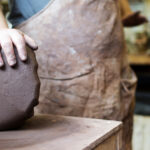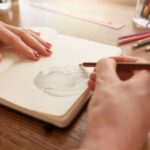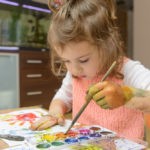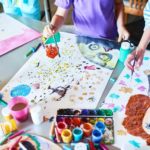There’s no doubt that a high-quality sketchbook is the bread and butter for any artist who wants to improve their skills. Regardless of which type of art medium you use, this tool is a haven where you can work on your techniques, explore ideas, and have fun. However, if you want to choose the perfect one for you, there are a few important considerations that you should keep in mind.
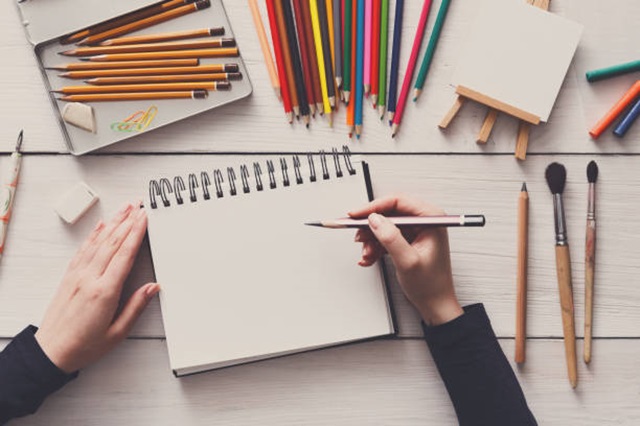
Weight
The first thing you should look at when selecting an appropriate sketchpad online is the weight of the paper. Most manufacturers express the weight of their paper in grams per square metre (gsm) or in pounds, for those that are situated in the U.S. One of the most common weight categories that are suitable for almost all art mediums are the 110 gsm to 150 gsm options.
This paper offers a middle ground that’s not too thin, which can cause your paint to bleed through, and not too bulky. You can draw on it with pencil, charcoal, markers, and even paints such as gouache and acrylics on the thicker 150 gsm paper. Sketchpads that have thinner paper (up to 90 gsm) can sometimes cause your paint to bleed through. However, they’re a great choice if you’re looking for a cheaper alternative for daily sketching or practising your techniques. And lastly, higher weight values like 300 gsm are much thicker and artists mainly use them for painting with watercolour.
Surface
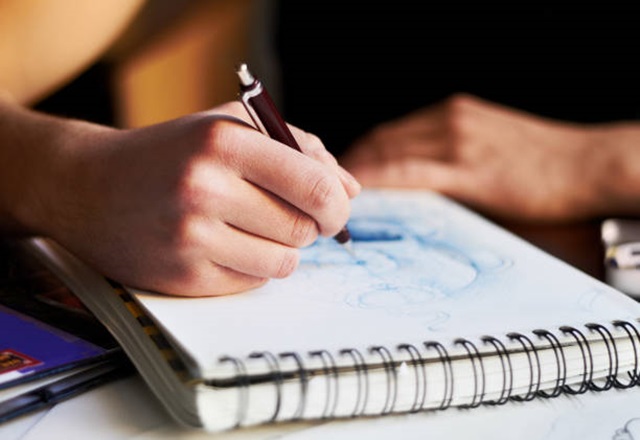
The next important thing you should look at is the texture of the paper’s surface. Some sketchbooks have more coarseness or “tooth” than others. These typically have thicker paper as well. They’re ideal for mediums like watercolour because they hold on to a bigger amount of the medium and the water.
They’re great for creating drawings with high contrast, but they aren’t suitable for works with a lot of details. Lightweight paper typically has the smoothest surface, but you can also find some thicker alternatives with a smooth surface like Bristol and certain painting papers. Smooth surfaces are essential for those who work with coloured pencils, ink pens, and graphite.
Type of Media You’re Using
Think about the different art mediums that you’ll be using and in what way. Do you have a preferred media or one that you’re using more often compared to others? Can you paint in a sketchpad? In many cases, using several mediums (such as ink and wash) requires making a compromise.
For watercolour, textured paper is the preferred choice, whereas ink works best on smooth paper. Although most watercolour artists like to use 100% cotton paper with some roughness, these materials don’t absorb ink effectively. So, you should determine which media you’ll use the most when making a purchase.
If your paper often buckles when you work with your markers or watercolour, you can prevent this by wrapping the book with an elastic band or supporting it with weight. If you plan to paint on both sides of the paper, consider getting a pad with thicker paper.
Another thing to think about is if drawing on thick, high-quality paper would help you produce a “good” sketch. This is crucial in the beginning as your main goal should be to develop a regular drawing habit. There is also a delicate balance: if the book is thick, costly, and not intended for watercolour painting, you may be disappointed by the outcome.
Cover and Binding
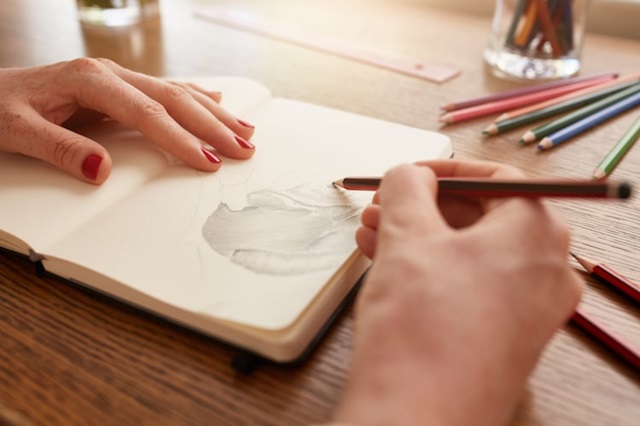
When looking to buy a sketchpad online, another crucial factor you should consider is whether you can sketch on both sides when you open it flat. Spiral-bound designs are my favourite because they allow you to fold back the book, so you don’t have to hold both sides while drawing.
Hardbound books offer great support when you’re sketching outside, whether you’re sitting or standing up. One downside, however, is that they’re a bit bulkier, which adds to their weight. So, if you’re looking for something more lightweight, you should consider a softcover book. Just keep in mind that softcover books are typically less durable than their hardbound counterparts.
Format
Here are the four most popular sketchpad formats:
-Books that are horizontal in orientation (landscape) are ideal for drawing landscapes and expansive panoramic sceneries, particularly when you draw across the fold. But sketching towering things without turning the book is more difficult. Landscape designs also tend to take up a lot of space when you open them completely, which is another crucial factor to keep in mind. For example, the landscape book that I own is challenging to use in windy conditions, on coffee tables, or when you’re on a plane. Overall, if you don’t have a support board, it can be uncomfortable to hold it while sketching;
-If you want to sketch across a fold, vertical (portrait) styles are more manageable, and you can sketch various topics on them. In addition, they provide more choices for composition compared to a landscape design. Its only drawback is that it performs poorly in panoramic sketching;
-Square sketchpads offer a nice balance between the previous two formats, however, they’re often more difficult to come by. This is a great layout if you’re posting your art on Instagram;
-An accordion book offers versatility in drawing sceneries in different orientations. It lets you create lengthy panoramic sketches that span many pages. However, this type of book is often difficult to hold open.

